Affiliate links on Android Authority may earn us a commission. Learn more.
HONOR View 10 vs Samsung Galaxy S9
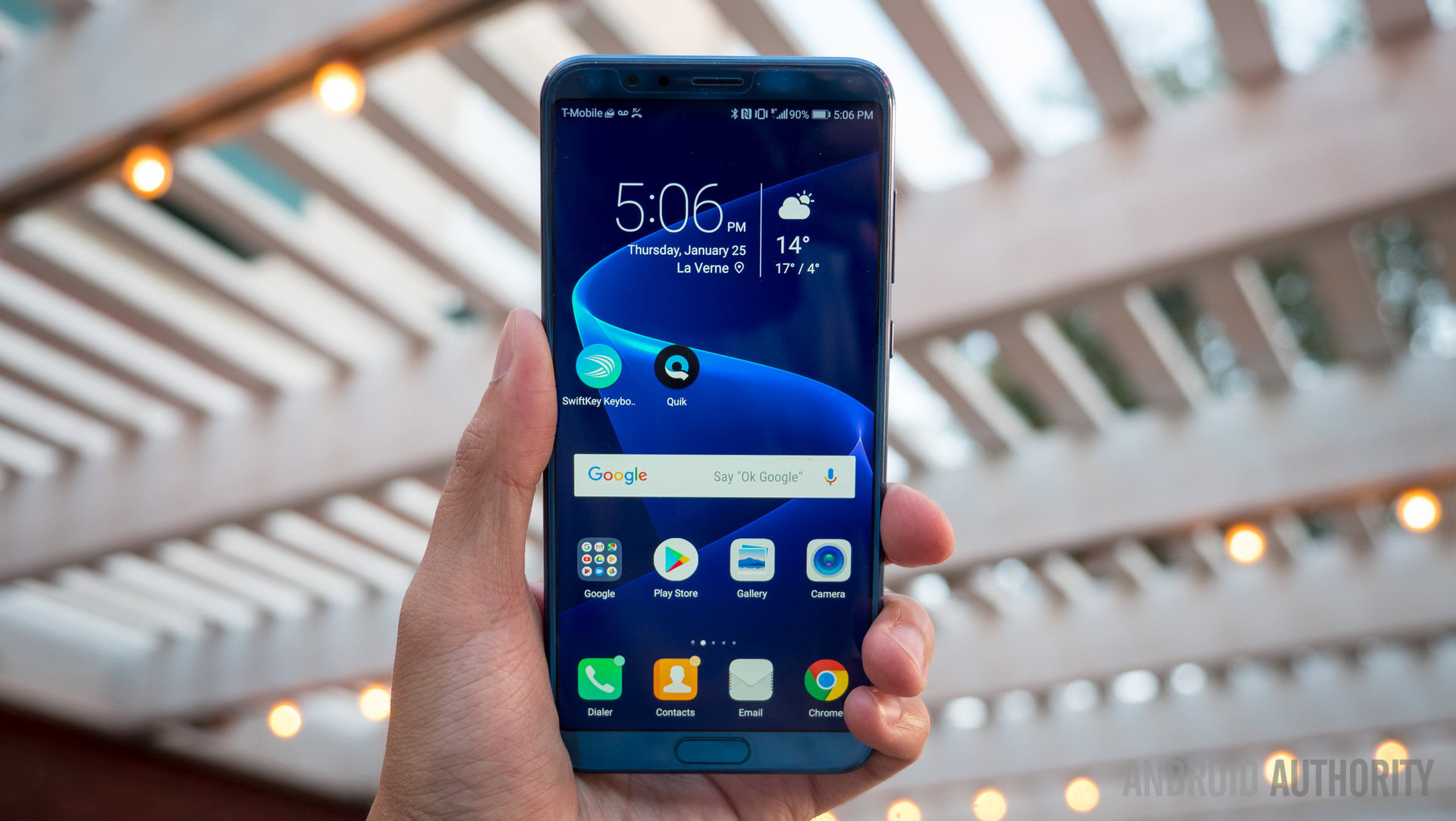
Honor’s latest View 10 smartphone gives consumers a ton of hardware and software features usually found on phones that cost hundreds more than its current $499 price tag. The recently launched Samsung Galaxy S9, which starts with an unlocked price of $720, but does it really have over $220-worth of more features?
Let’s look at both phones and see which one really gives more for the money.
Design
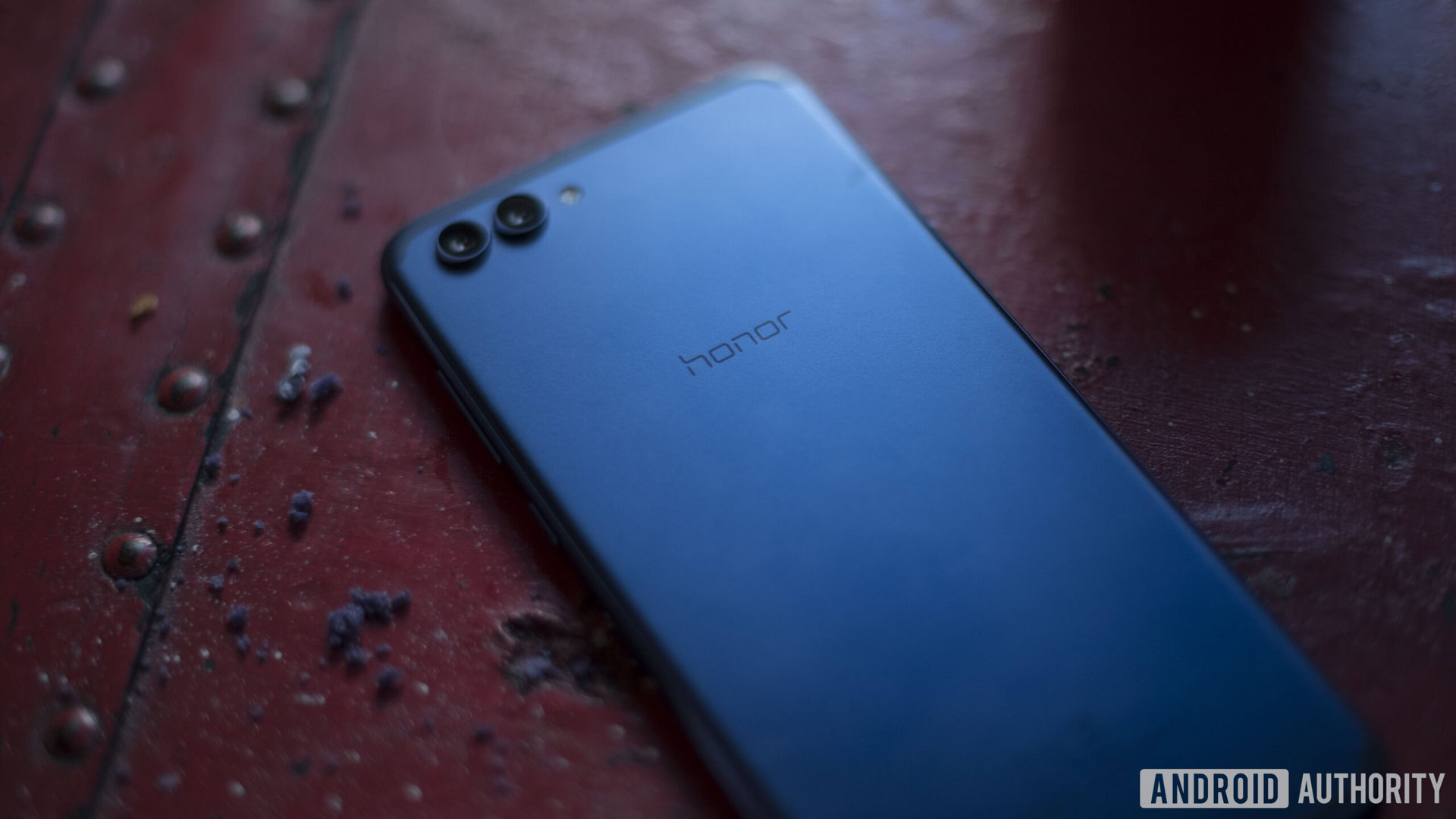
The HONOR View 10 includes an all-metal body with a smooth finish and rounded corners. The back of the phone features the phone’s dual rear cameras, where both lenses pop out. In front, you can find the phone’s capacitive home button on the bottom of the display with an embedded fingerprint reader, along with the normal sensors at the top.
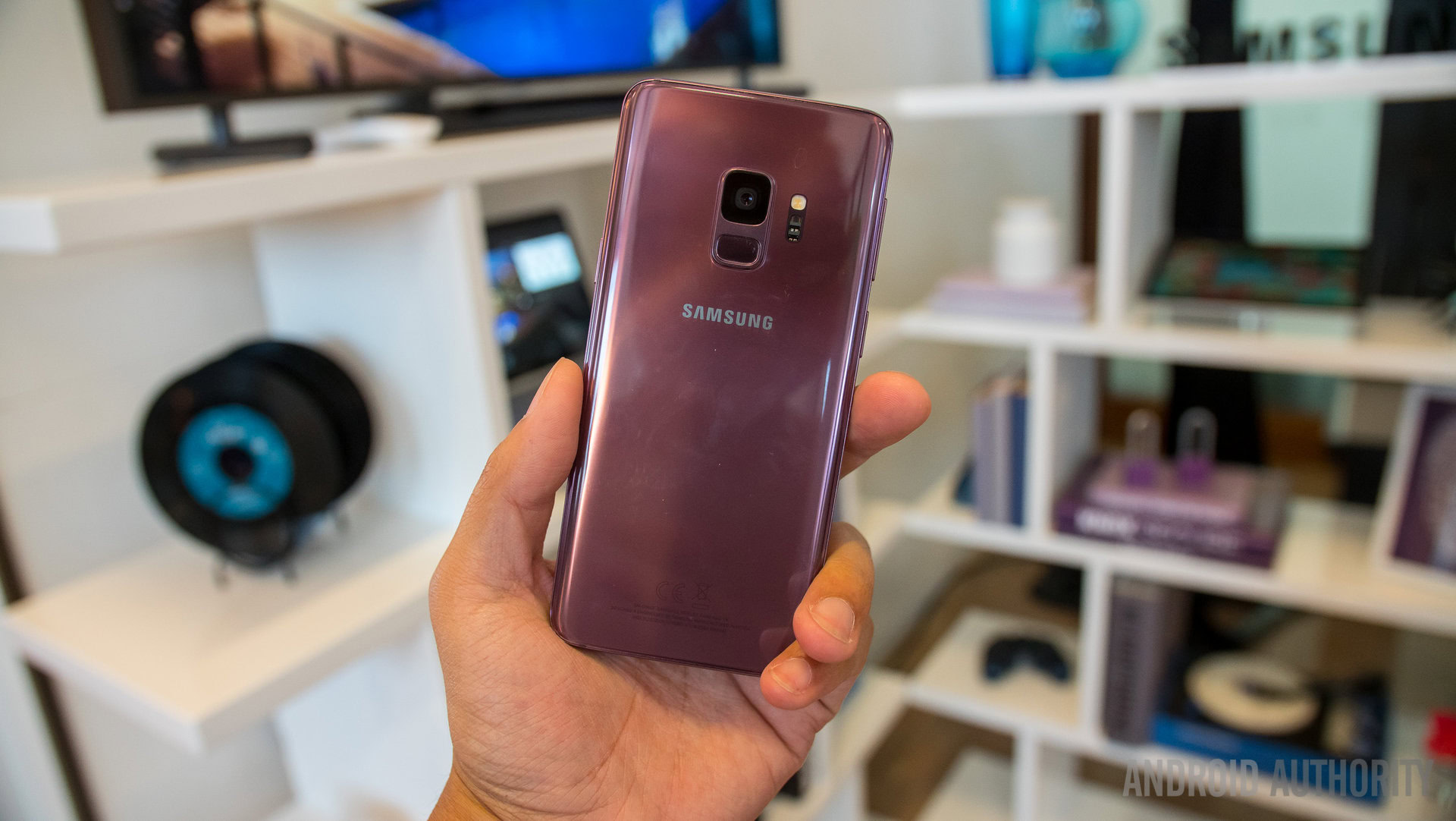
The Samsung Galaxy S9 includes the company’s now standard curved glass panels on the front and back, with an aluminum frame in between. The rear camera sensor and fingerprint sensor beneath it are on the back — a welcome switch from the Galaxy S8. Both phones have headphone jacks, which seem to be falling out of favor among other flagship phones.
Many people might prefer the all-metal View 10 over the glass-based Samsung S9, but it’s a matter of personal preference.
Display
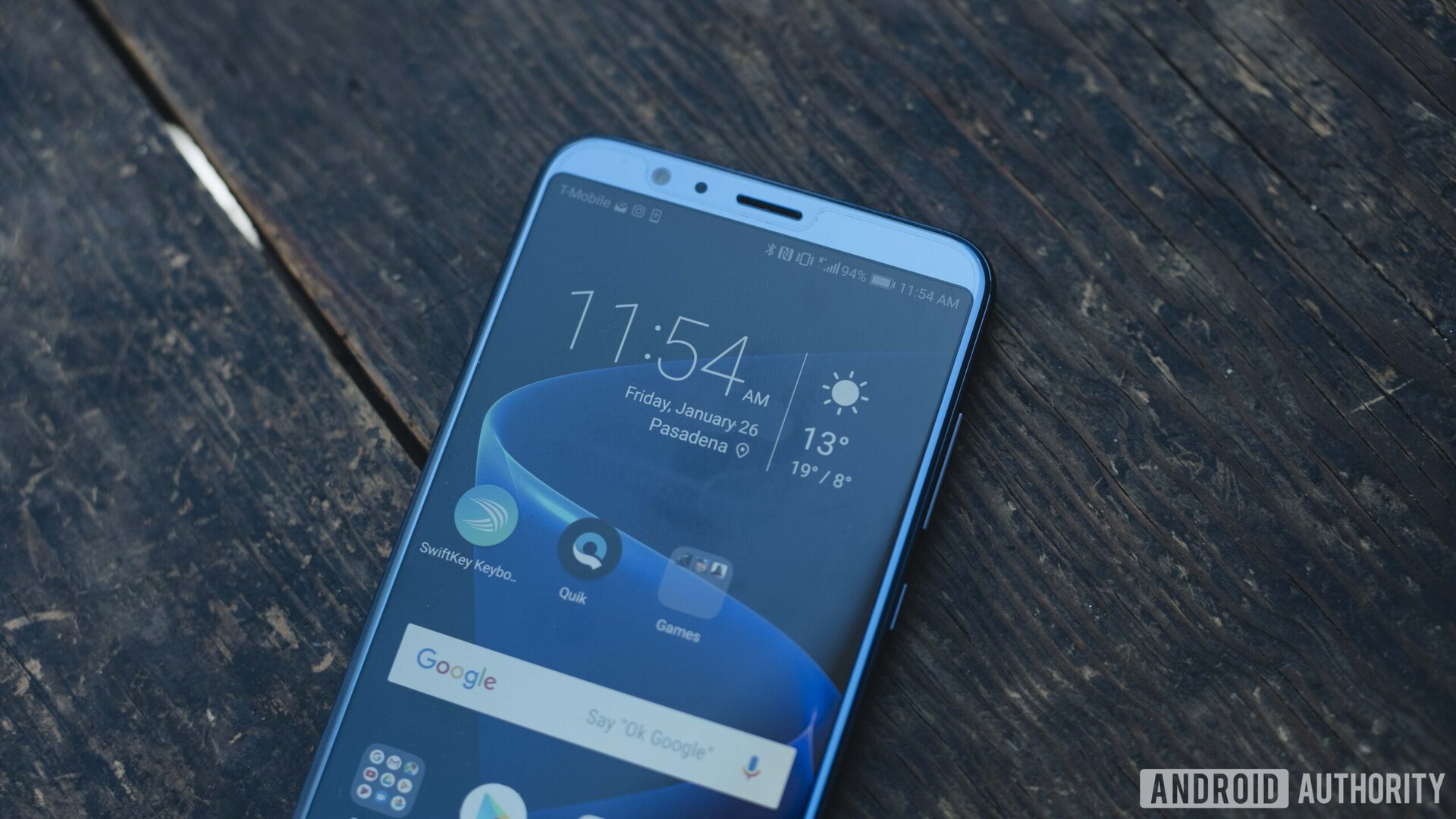
The HONOR View 10 uses older IPS LCD panel technology in its large 5.99-inch screen. It has a 1,080 x 2,160 resolution, an 18:9 screen aspect ratio, and should offer plenty of screen space for any media or gaming needs.
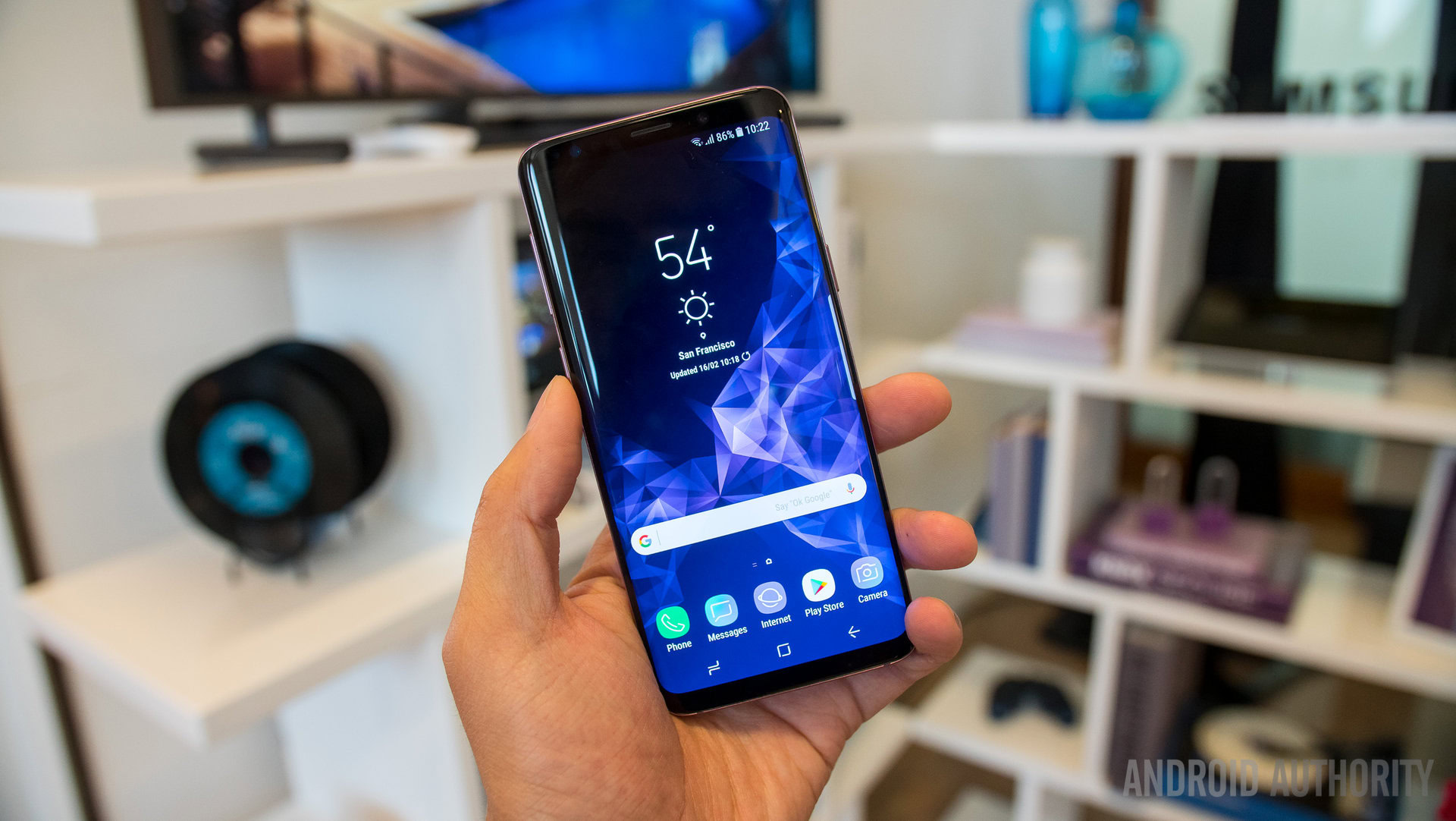
The Galaxy S9 has a smaller display, at 5.8 inches, but it uses the newer Super AMOLED technology for its panel. That means you can expect a much better experience, with deeper blacks and more vibrant colors. Indeed, the display on the S9 can go up to 15 percent brighter than the year old Galaxy S8. The S9 also has a larger resolution of 2,960 x 1,440 compared to the View 10, and an 18.5:9 aspect ratio.
There’s no doubt the Galaxy S9’s display is superior in nearly every way to the View 10, except actual screen size. If you want a smartphone to best show off your photos and videos, and play shows and games at the highest resolution, the Galaxy S9 is the one to get.
Performance
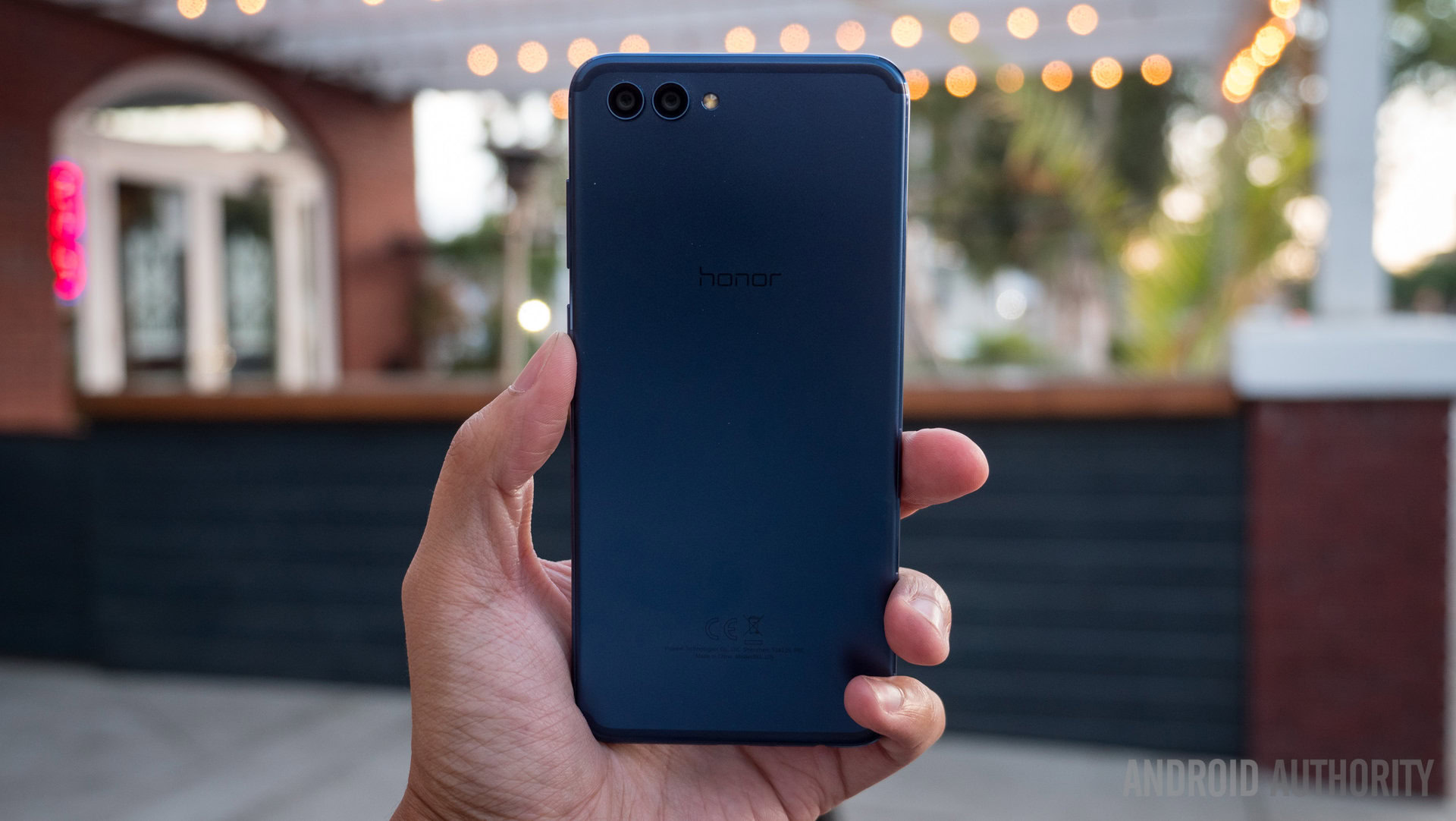
The HONOR View 10 runs on HUAWEI’s latest, and most powerful, in-house chipset, the octa-core Kirin 970, with its own Mali-G72 MP12 GPU, 6GB of RAM, and 128GB of internal storage. The Kirin 970 also uses its own neural processing unit (NPU). The NPU helps the View 10 process images faster, improve battery life, and better management its memory when it comes to its apps.

The Samsung Galaxy S9 (in the U.S.) uses the newest and fastest processor from Qualcomm, the Snapdragon 845. In our own tests, we found the chip runs much faster than the HUAWEI Mate 10, which has the same Kirin 970 as the View 10. However, the Galaxy S9 only has 4GB of RAM and 64GB of onboard storage, well below the specs of the View 10. The Snapdragon 845 also lacks an equivalent to the Kirin 970’s NPU.
While the Galaxy S9’s main chip may beat the one on the View 10 in pure speed, having less memory and storage hurts the S9. If you want more RAM and onboard storage, and can deal with a somewhat slower performance, the View 10 might be worth looking into.
Hardware
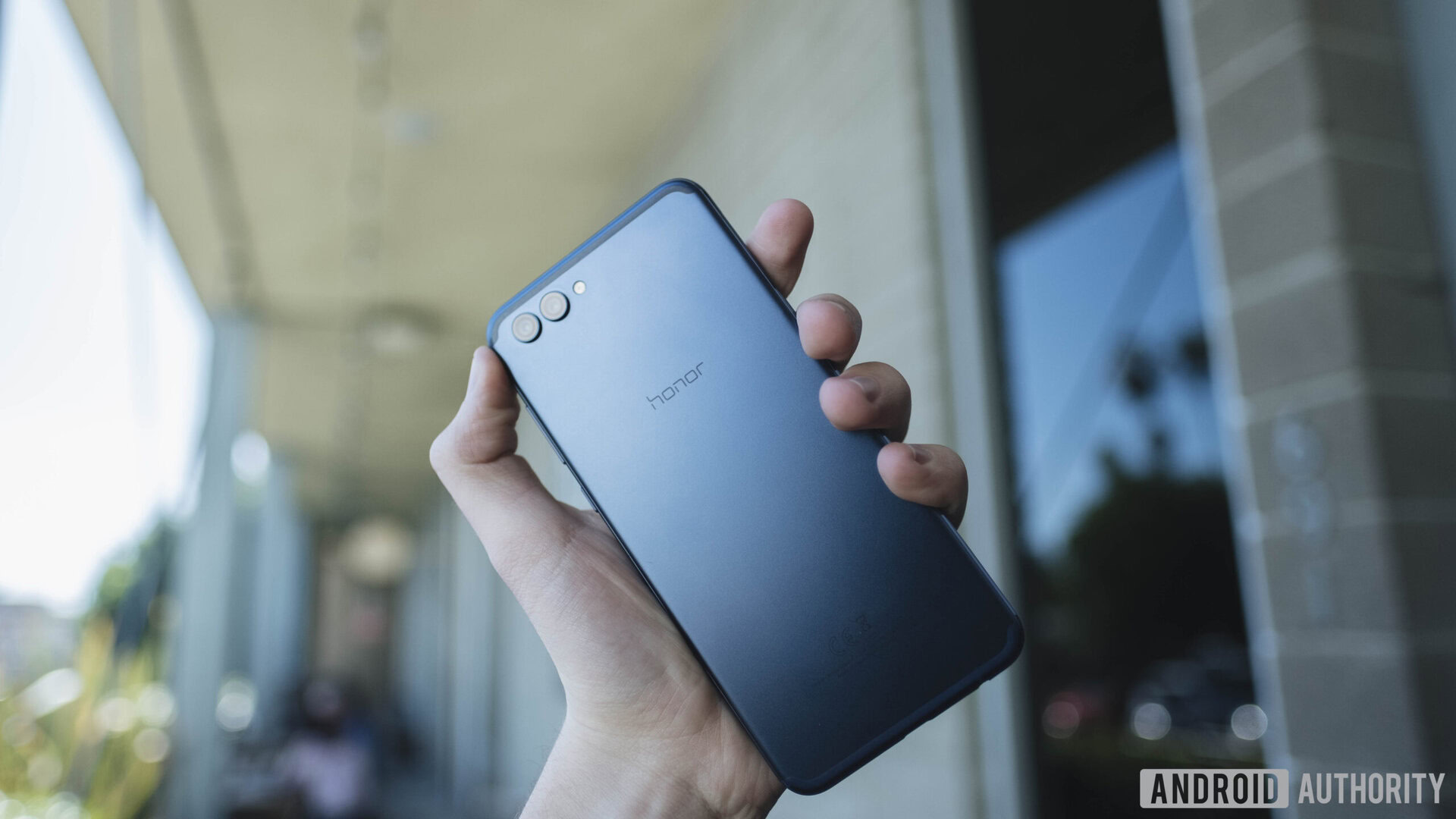
Both the HONOR View 10 and the Samsung Galaxy S9 share a few hardware features not found on other flagship phones, like a 3.5 mm headphone jack and a microSD card slot to add even more storage. However, the View 10 has some features the Galaxy S9 does not have, including dual SIM slots and an IR blaster, if you want to use your phone as a remote control for your TV or cable box.
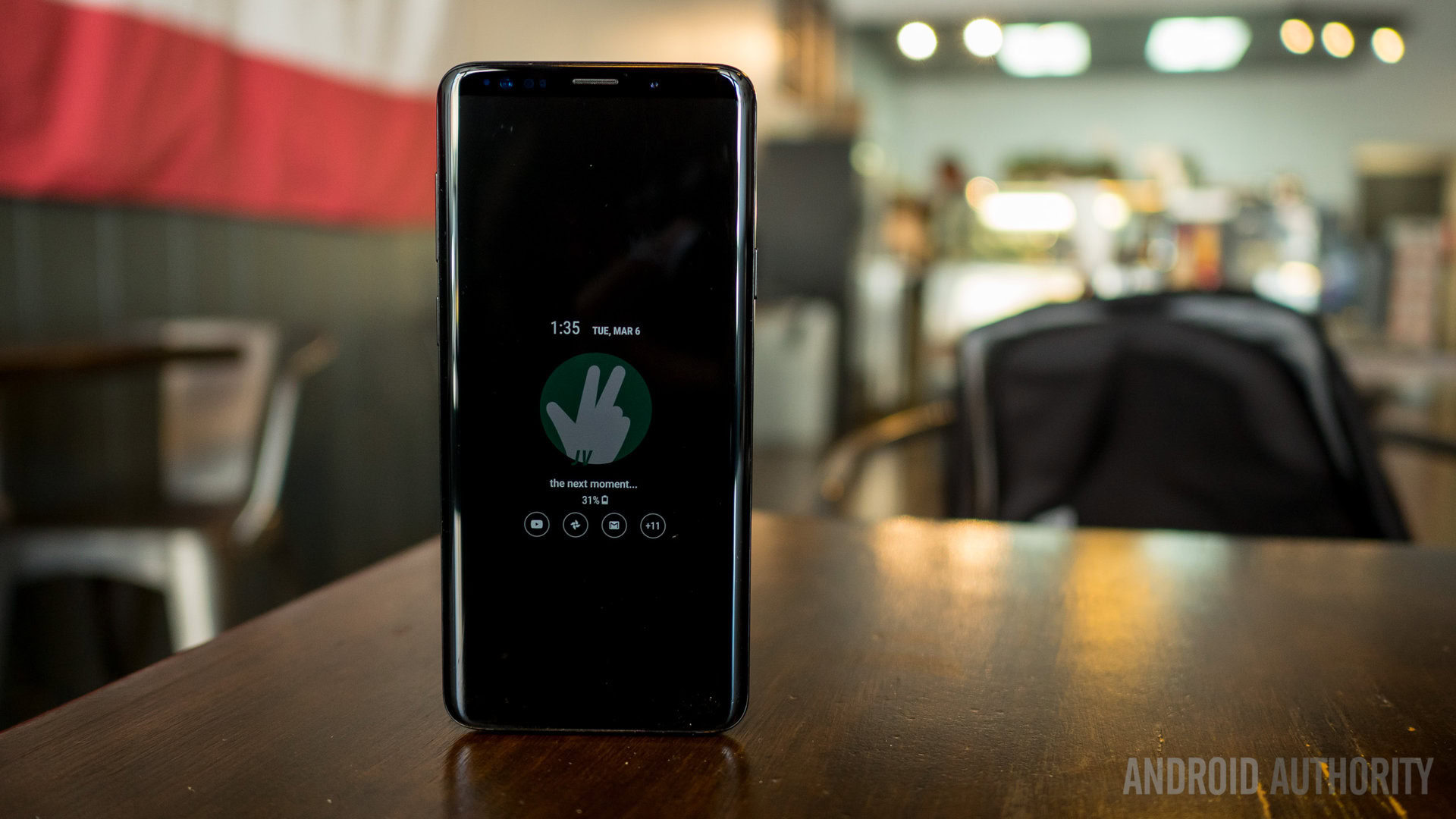
The Galaxy S9 has some nice additional hardware features, including dual speakers for the first time in a Samsung flagship, along with Dolby Atmos support. It also has an IP67 rating for water and dust resistance.
The Galaxy S9 sports a 3,000mAh battery, but the View 10 comes with a much larger 3,750mAh battery. That feature, combined with Huawei’s SuperCharge technology, allows it to go up from zero to 50 percent of its capacity with just 30 minutes of charging. However, the Galaxy S9 supports wireless charging via Qi-based pads, which the View 10 does not.
Camera

The HONOR View 10 has some impressive camera hardware for a phone in its price range. It has two sensors in the back — a 16MP RGB primary shooter, along with a secondary monochrome 20MP sensor. The second sensor allows for more detailed images. Both lenses have a bright f/1.8 aperture but unfortunately no optical image stabilization (OIS).
The NPU in the View 10’s processor is supposed to help owners take better shots with the camera as well, as it can automatically choose the best camera mode from 13 different options. The View 10 also has a 13MP front-facing camera loaded with an intelligent front shooting portrait mode for better selfie pictures. The Kirin 970 chip supports accurate detection of faces and background, especially when you are taking selfies. The borders between people and background in a photo are clearer, resulting in better bokeh effects.
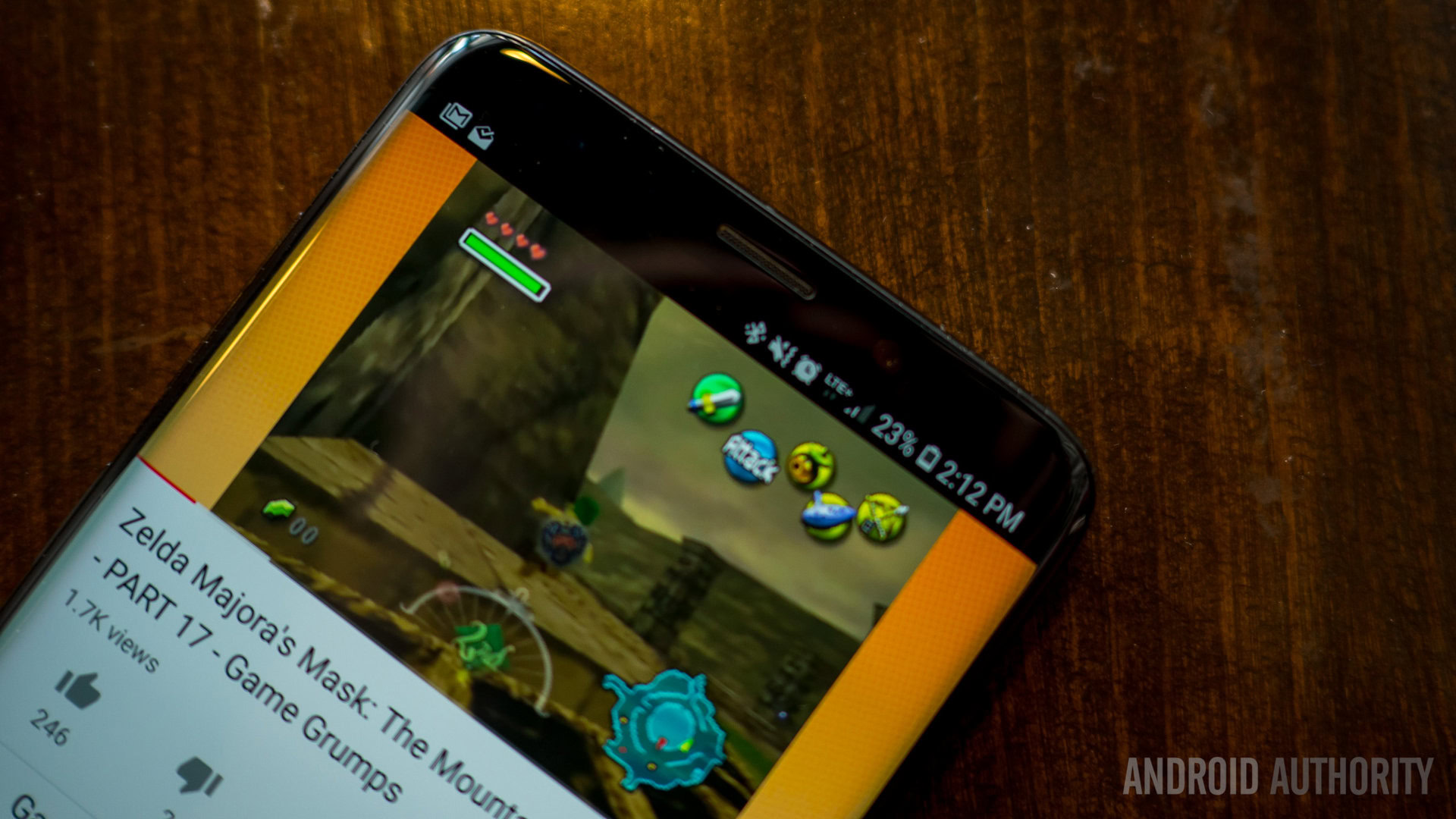
The Samsung Galaxy S9 has gone all out for its camera hardware and software, making a number of improvements over the Galaxy S8. While there’s just a single 12MP camera in the back, it has a mechanical iris which can switch between two apertures. This dual aperture feature lets it switch between a closed setting of f/2.4 and an open setting of f/1.5, with the second setting allowing for better low light images.
Fans of slow-motion videos can use the S9’s rear camera to capture clips at 960 fps at 720p, or at 240 fps at 1080p . It also supports Multi-Frame Processing, which allows the camera to take 12 frames, all of which can be rendered and used to create the best possible final photo. The Galaxy S9 also has an 8 MP front-facing sensor.
Software
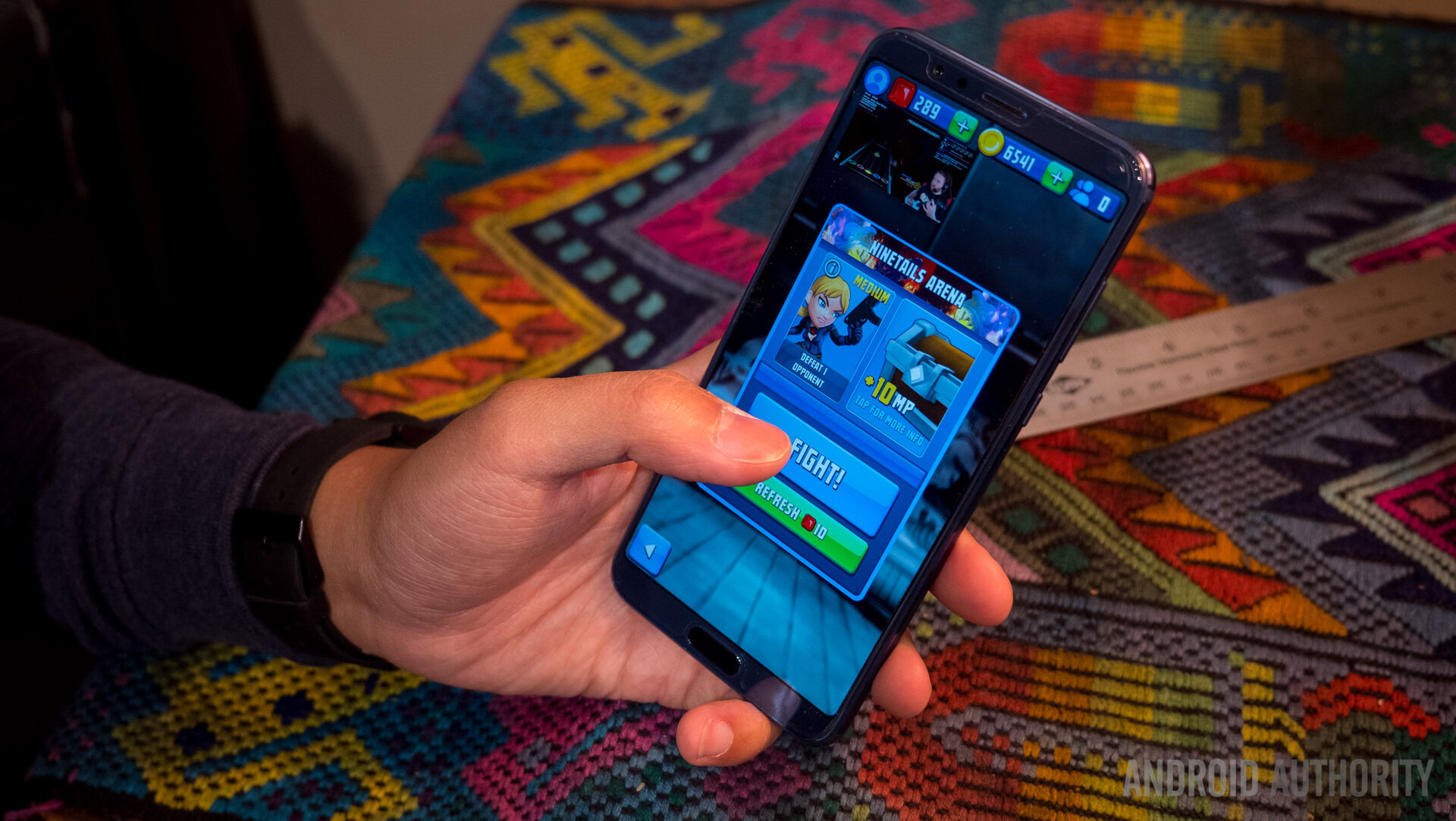
The HONOR View 10 runs on Android 8.0 Oreo, with the EMUI 8.0 skin on top — the most current version of HUAWEI’s skin. If you are more familiar with the standard Android interface, the EMUI on the View 10 may take some getting used to. Once you get the hang of it, you may find it even more useful. It includes features like quick access shortcuts on the lock screen, a theme engine, and the ability to use the View 10’s fingerprint sensor to navigate the screen via swipe gestures.
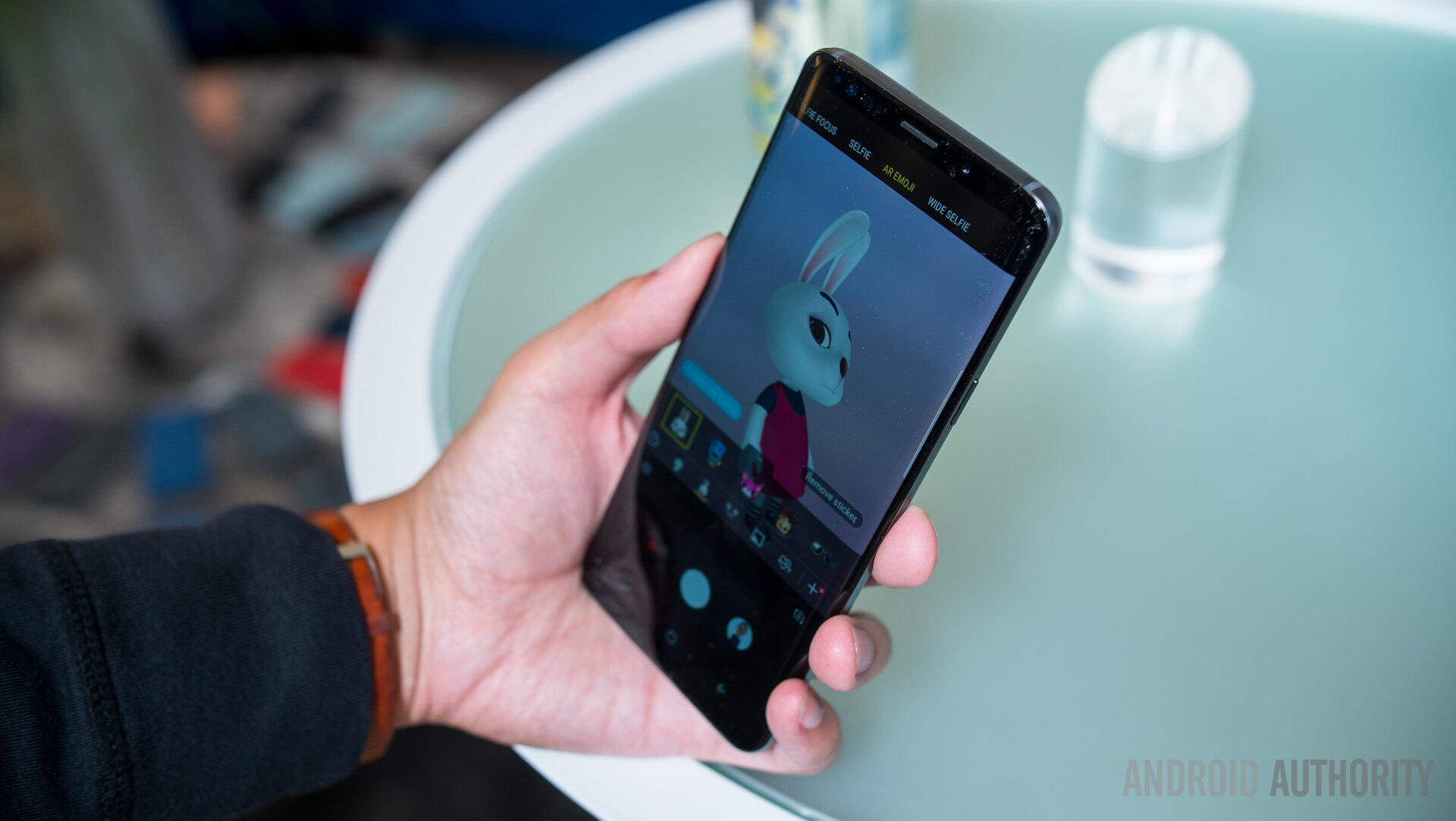
The Samsung Galaxy S9 also uses Android 8.0 Oreo out of the box, along with the Samsung Experience launcher released on last years Galaxy S8. It comes loaded with a number of Samsung’s in-house apps, which sometimes compete with Google’s own Android apps. The Galaxy S9 also comes with Samsung’s own virtual assistant, Bixby, but it’s still not as good as Google Assistant. This time it offers a few interesting features, like the ability to translate text from images, via Bixby Vision.
The biggest software addition for the S9 is AR Emoji, which lets users create their own animated avatars via the phone’s facial recognition technology. It’s not perfect, but it’s fun to create a cartoon version of yourself (or something completely different) and have this avatar speak for you. You can take pictures with your AR Emoji or even record video of the avatar’s face moving along with your own.
Conclusion
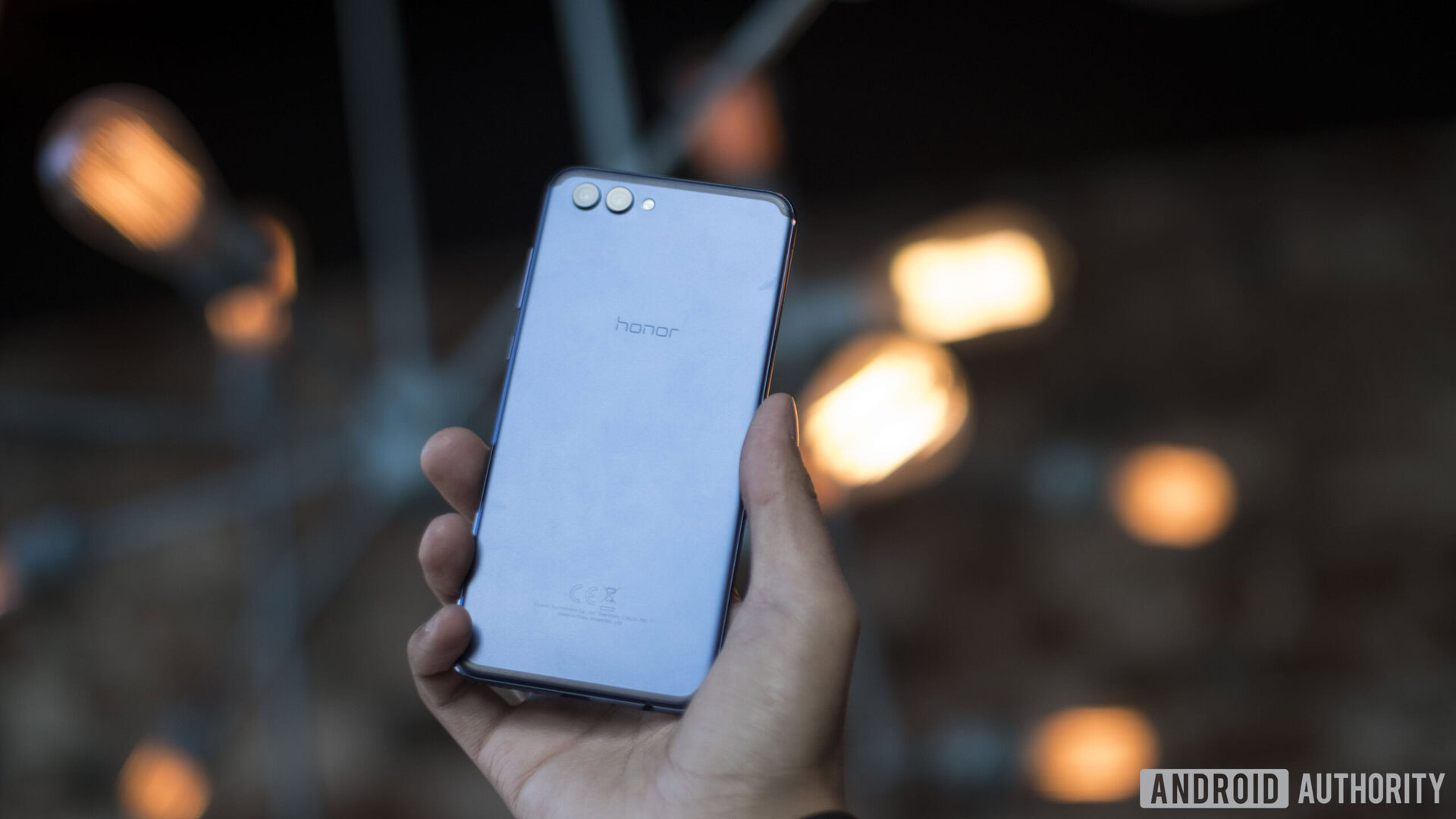
The HONOR View 10 packs in a ton of high-end hardware and software features for much less than what Samsung would release at that same price range. It has a lot more RAM and storage than the Samsung Galaxy S9, for hundreds less. However, the Galaxy S9 does a good job of adding features not available on the View 10, including an impressive camera, a higher resolution display and yes, AR Emoji.
At the end of the day, the Samsung Galaxy S9 is obviously the more advanced of the two. Whether that’s worth paying the extra money? That’s up to you. What do you think? Let us know in the comments.